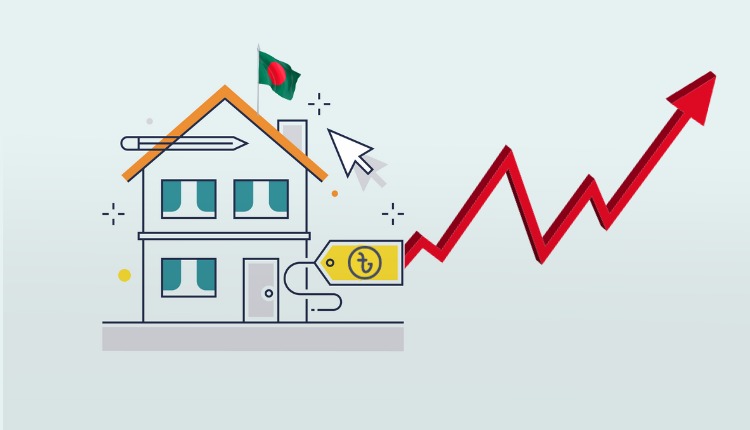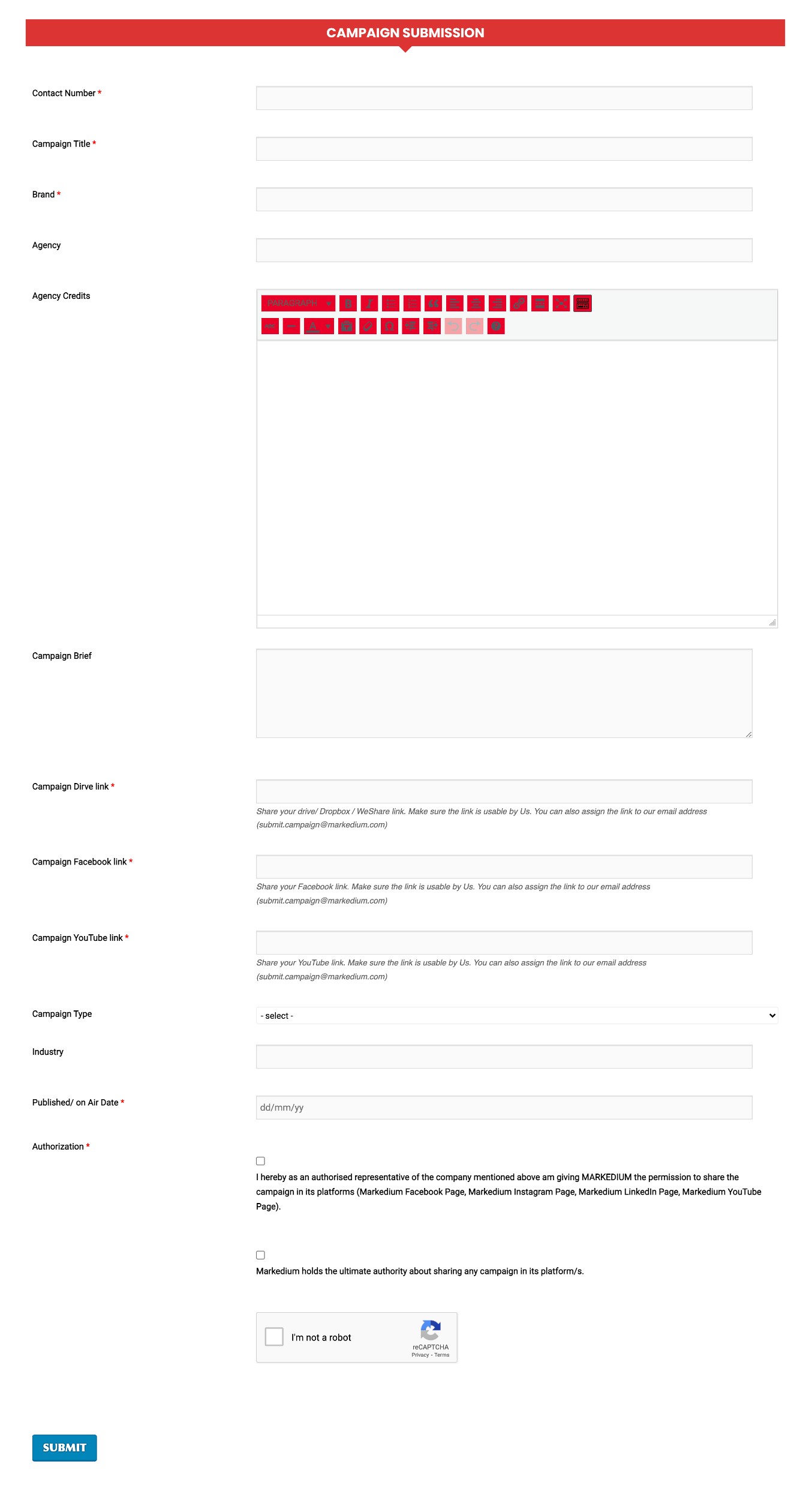
BBS: Household Income Doubles in Six Years2 min read
The Bangladesh Bureau of Statistics (BBS) released the Household Income and Expenditure Survey (HIES) 2022 report, showcasing remarkable progress in the country’s economic indicators. The report reflects meticulous efforts in survey methodology, including the use of quality enumerators, residential training, the introduction of Computer Assisted Personal Interviewing (CAPI), and enhancements in data collection tools.
Reportedly, the average monthly income of households surged to Tk. 32,422 in 2022, marking substantial growth from Tk. 15,988 in 2016 and Tk. 11,479 in 2010. Significant improvements in data tracking and accuracy were achieved through enhanced survey methodologies, leading to more reliable consumption, income, and expenditure aggregates. As reported, access to electricity at the household level rose sharply to 99.3% in 2022, compared to 75.9% in 2016 and 55.3% in 2010. Furthermore, 92.3% of households now have access to improved toilet facilities, and 96.1% have access to improved sources of drinking water.
As reported, Bangladesh’s literacy rate (7 years and over) soared to 74.0% in 2022, a significant increase from 65.6% in 2016 and 57.9% in 2010. Monthly total expenditure among households rose nominally to Tk. 31,500 in 2022 from Tk. 15,715 in 2016 and Tk. 11,200 in 2010. Non-food expenditures witnessed a gradual increase, constituting 54.2% of consumption in 2022, compared to 52.3% in 2016. The average rice consumption per person per day decreased, while vegetable and meat consumption rose.
Reportedly, the headcount rate (HCR) in 2022 using the upper poverty line declined to 18.7% at the national level, showcasing a remarkable reduction from 24.3% in 2016. Extreme poverty also saw a sharp decline to 5.6% nationally. Barisal Division reported the highest headcount rates in 2022, with 26.9% using the upper poverty line and 11.8% using the lower poverty line. Khulna Division had the lowest rates. The income Gini coefficient increased to 0.499 at the national level in 2022, indicating a gradual concentration of income in higher-income groups.
Approximately 14.1% of households had at least one member opening a bank account in the last 12 months in 2022, double the rates in 2016 and 2010. The coverage of the social security program (SSP) increased significantly in 2022, encompassing 37.6% of households and 50.0% of SSP beneficiaries. Female labor force engagement in the non-agriculture sector in urban areas exceeded that of males, illustrating shifting gender dynamics in employment.
The HIES 2022 data revealed that approximately 21.11% of the population experienced moderate or severe food insecurity, with higher rates in rural areas compared to urban areas. The data suggests progress toward achieving SDG Goal 2, ‘Zero Hunger by 2030,’ with 113% of the population experiencing severe food insecurity. In financial terms, the positive trends reflected in increased income and expenditure signify potential economic growth. The decline in poverty rates, particularly extreme poverty, underlines the effectiveness of socio-economic initiatives. However, the rise in income inequality warrants careful attention to ensure inclusive growth.
The government’s focus on financial inclusion, literacy, and social security programs has contributed to an overall positive trajectory, positioning Bangladesh on a promising economic path.
For more updates, be with Markedium.


